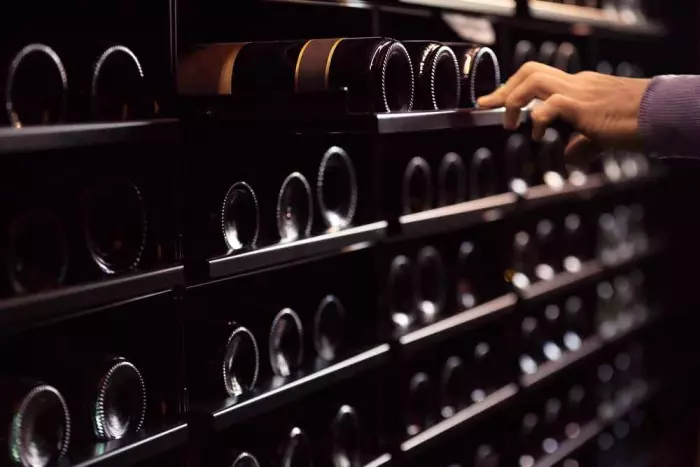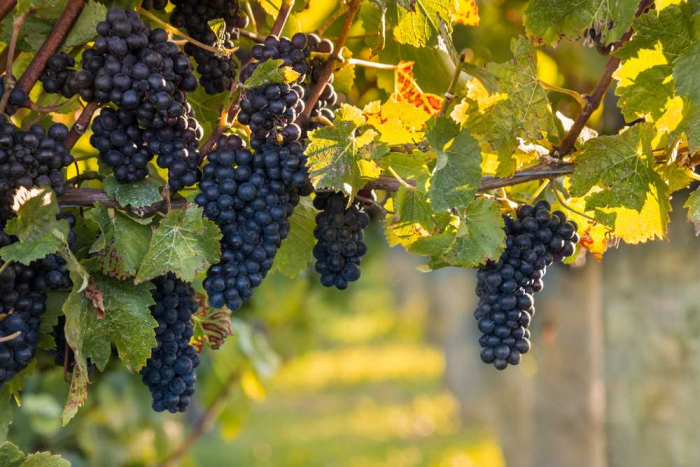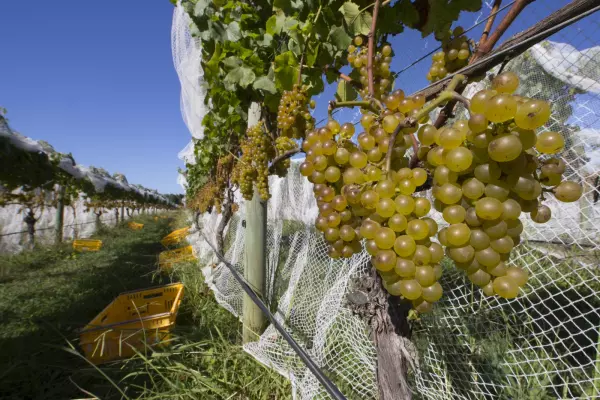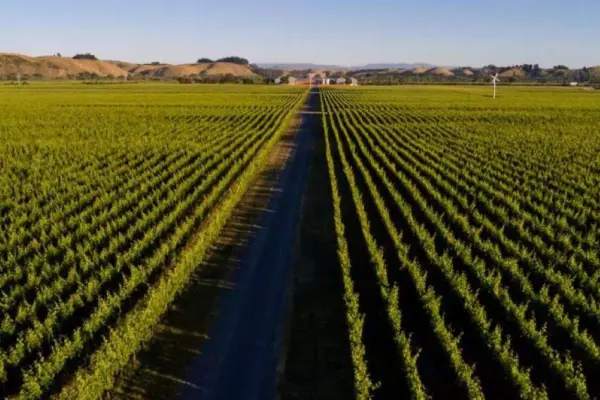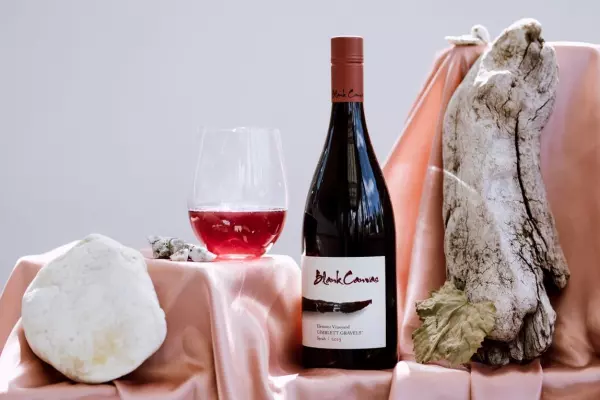One way to beat inflation is to buy now rather than later. That strategy may not work with bananas and blueberries but it can pay a handsome dividend with carefully chosen wine purchases.
Buy the right bottles and they will get both better and scarcer with age – which means the price should rise.
That gives you the option of selling at a profit and being able to boast to your friends, “I paid $39.95 for Penfolds Bin 389 20 years ago and the latest vintage is now worth $100”, or simply enjoying fully mature wine.
Why not buy a 12-bottle case, hold it until the wine is fully mature, then sell half and drink the rest? If you have chosen wisely the profit you make on the wine you sell will subsidise the wine you drink.
Here are a few tips that might optimise your investment:
- Go for the long term. If you plan to sell by auction, you will have to pay a seller's premium. It is unlikely that any short-term sales will generate enough profit to recoup the cost of this.
- Store your wines in a temperature-controlled environment to keep them in tip-top condition. Most wine auction catalogues include a bottle shot of the wines on sale. Astute buyers use the fill-level on an upright bottle to gauge the condition of wine in bottles sealed with a cork. High fill levels indicate that the wine has been stored well. That doesn’t apply to screwcaps, which are airtight.
- It helps to choose high-demand wines that are on allocation. Felton Road Pinot Noir and Bell Hill Chardonnay are two local examples that spring to mind.
- Choose wines from top vintages. Demand will be high and the potential to make a profit will increase accordingly.
- Stick to the classics. Bordeaux reds have always been the gold standard for wine investors, although recently there has been a swing away from Bordeaux to red Burgundy. Will that trend continue? You might find the answer in liv-ex.com. This online resource claims to provide “the world’s most comprehensive database of fine wine prices at your fingertips”.
- Do your homework. Check out price trends using wine-searcher.com. It is easy to use and very comprehensive. It will also help you to source wine at the lowest price.
New Zealand has earned a worldwide reputation for its pinot noir. (Image: Depositphotos)
Investment candidates
I have restricted my choices to red wines because, in general terms, they age positively for a longer period and gain in quality more than white wines. (The prices given are approximate.)
New Zealand pinot noir
Our pinot noirs have earned the respect of the international pinot noir community although they don’t have a reputation for improving greatly with bottle age, partly because most are so deliciously accessible when young. That’s a handicap. However, many winemakers are addressing the problem by building more age-worthy wines.
Four wines that certainly qualify for investment status are:
- Felton Road Block 3 Pinot Noir, Central Otago, around $100.
- Felton Road Block 5 Pinot Noir, Central Otago, around $100.
- Bell Hill Pinot Noir, North Canterbury, $135 (for the most recent vintage, 2017).
- Ata Rangi Pinot Noir, Martinborough, $80.
Syrah
The world is only just beginning to realise how good Kiwi syrah really is. The two hot spots are Hawke’s Bay and Auckland’s Waiheke Island, although some surprisingly good wines can be found in Martinborough and Marlborough. Production is small but quality can be very high indeed.
Syrah can be a long-distance runner, a factor that favours investors.
Here are six of the best from three regions:
- Craggy Range Le Sol Syrah, Hawke’s Bay, $150.
- Trinity Hill Homage Syrah, Hawke’s Bay, $150.
- Bilancia La Collina Syrah, Hawke’s Bay, $150.
- Stonecroft The Original Syrah, Hawke’s Bay, $150.
- Dry River Lovat Vineyard Syrah, Martinborough, $71.
- Passage Rock Reserve Syrah, Waiheke, $65.
Blended reds
I think this category is New Zealand’s best-kept investment secret. Our best blended reds, usually based on the red Bordeaux grape varieties, are often overlooked in the rush to buy wines from a single variety, or so I am told by several fine-wine retailers.
If you think, as I do, that blended reds will be “discovered”, then they are a hot prospect for investment. If you disagree, then stick with pinot noir and syrah.
My top picks are:
- Destiny Bay’s Magna Praemia, Mystae and Destinae, Waiheke, $175-$550.
- Te Mata Coleraine, Hawke’s Bay, $115.
- Craggy Range’s Sophia and The Quarry, Hawke’s Bay, both $120.
- Esk Valley Heipipi The Terraces, Hawke’s Bay, $160.


